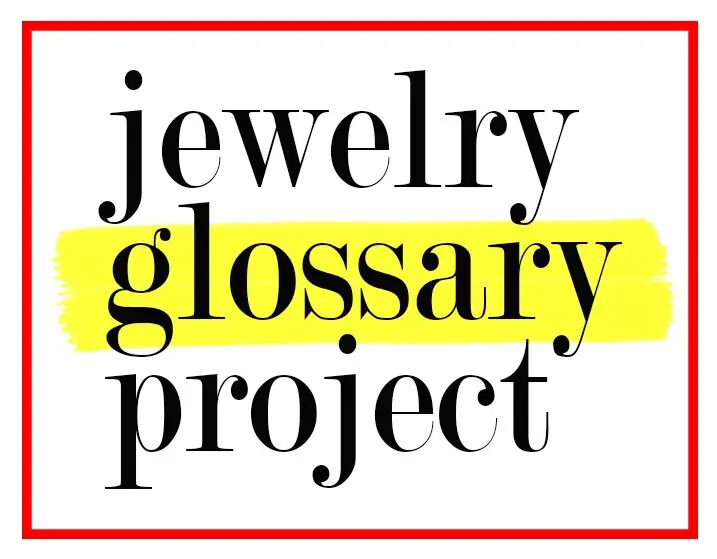
A Note on “Ethical” Claims and “Greenwashing”
With the growing trend of claiming that jewelry is “ethically sourced,” “responsibly sourced” or “sustainably sourced” the true meaning of these terms has become a bit fuzzy. Once bold claims to ensure responsible practices with respect to the environment and human kind, they are now frequently used as a marketing strategy, otherwise known as “Greenwashing,” to appeal to conscious consumers. Currently, there is no way to monitor who can use these claims and no set of standards to determine what exactly they mean.
Sourcing Standards
The Emily Chelsea Jewelry team believes that part of being an ethical business is not to disguise information or keep secrets. We aren’t just in it for ourselves; we strive to create a better jewelry industry along with our close knit community of other ethical jewelers. By publishing as much information as we can on our website, we can provide a helpful resource not only for our clients but also fellow jewelers.
We feel that the quality of life of people throughout our supply chain is more important than a pretty gem, so if we cannot source something responsibly, we won’t. While this wasn’t always the case, the more research we did, the more disheartened we became. If you knew the dirty details of mining, trading and cutting, we know that you would feel the same way too.
Our commitment to responsible sourcing includes, but is not limited to:
- Assessing and responding to human rights risks throughout the supply chain, from mining and trading to cutting, polishing and selling.
- Use independent third party auditing whenever possible.* By doing this, we lower the risk of sourcing based solely on hearsay or spoken claims. Third party auditing legitimizes claims made by Emily Chelsea Jewelry and the suppliers we work with.
*Always question anyone when they use the term “whenever possible.” In our case, we currently only work with 3 materials that are able to be third party audited.* - Maintain an ethical price point. We will not inflate or deeply discount prices based on demand and competition but rather ask for a fair price for each piece of jewelry. Our pricing structure takes all aspects into account, including cost of materials, labor and services including 3D printing, casting and setting, as well as a reasonable profit to maintain sustainability for the business and the jewelry industry as a whole.
- Incorporate a robust transparent supply chain policy between Emily Chelsea Jewelry and each supplier.
We often quip about our level of transparency, joking that it’s so thorough it might just be our Achilles’ heel. But in all seriousness, we believe in lifting the veil on the complexities and challenges of sourcing. If there’s ambiguity about a stone’s origin, we’ll choose integrity over a sale every single time.
Our Sources



Words Matter.
The Jewelry Glossary Project formed in 2016 to create shared definitions of key terms used within the jewelry industry by the trade and the public. The project was launched to increase transparency throughout the supply chain, by building consensus on definitions for key terms and creating accountability for their usage. You can view the definitions here.
At Emily Chelsea Jewelry, we have adopted the definitions from the Jewelry Glossary Project into our own practices.



